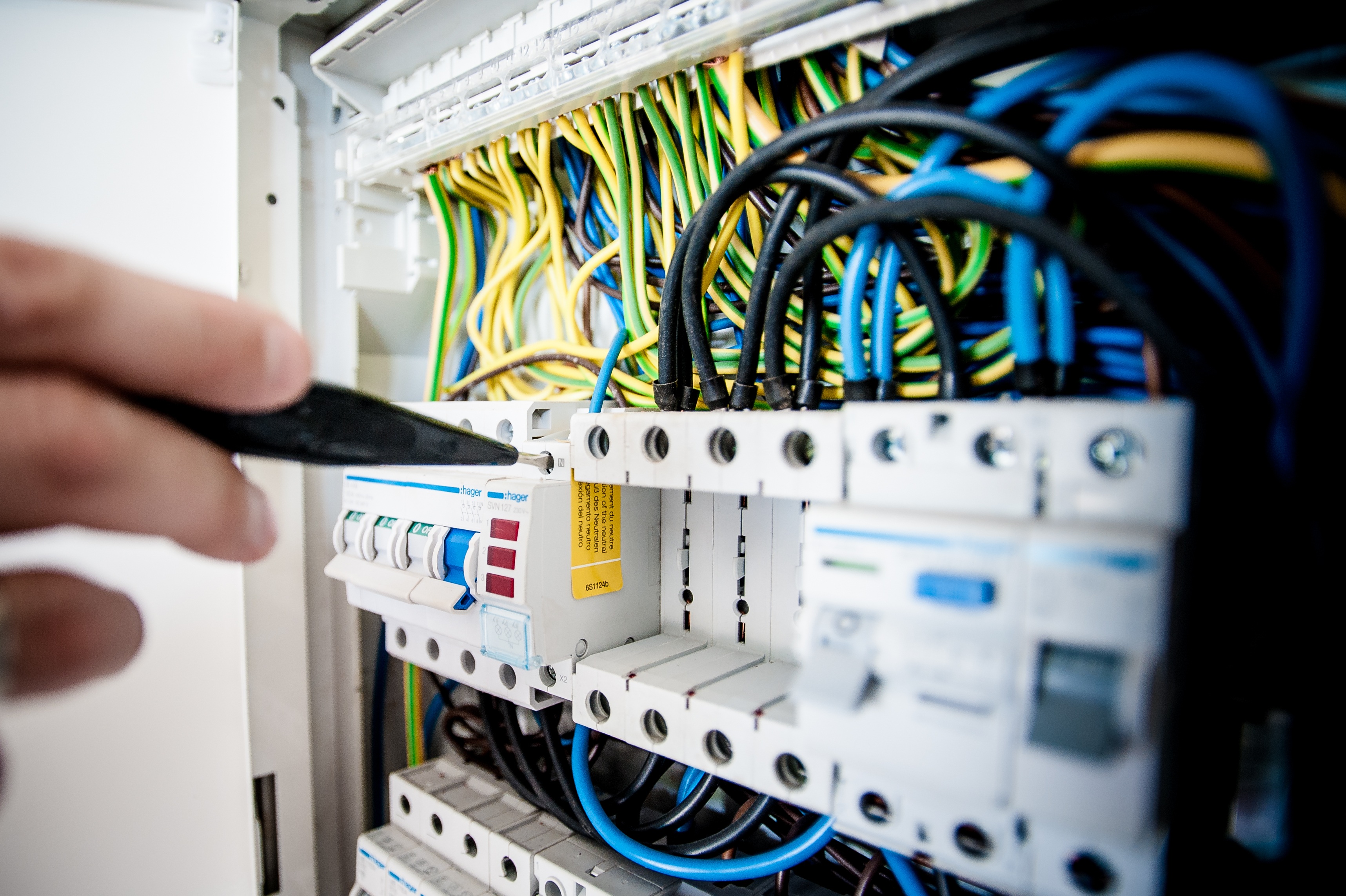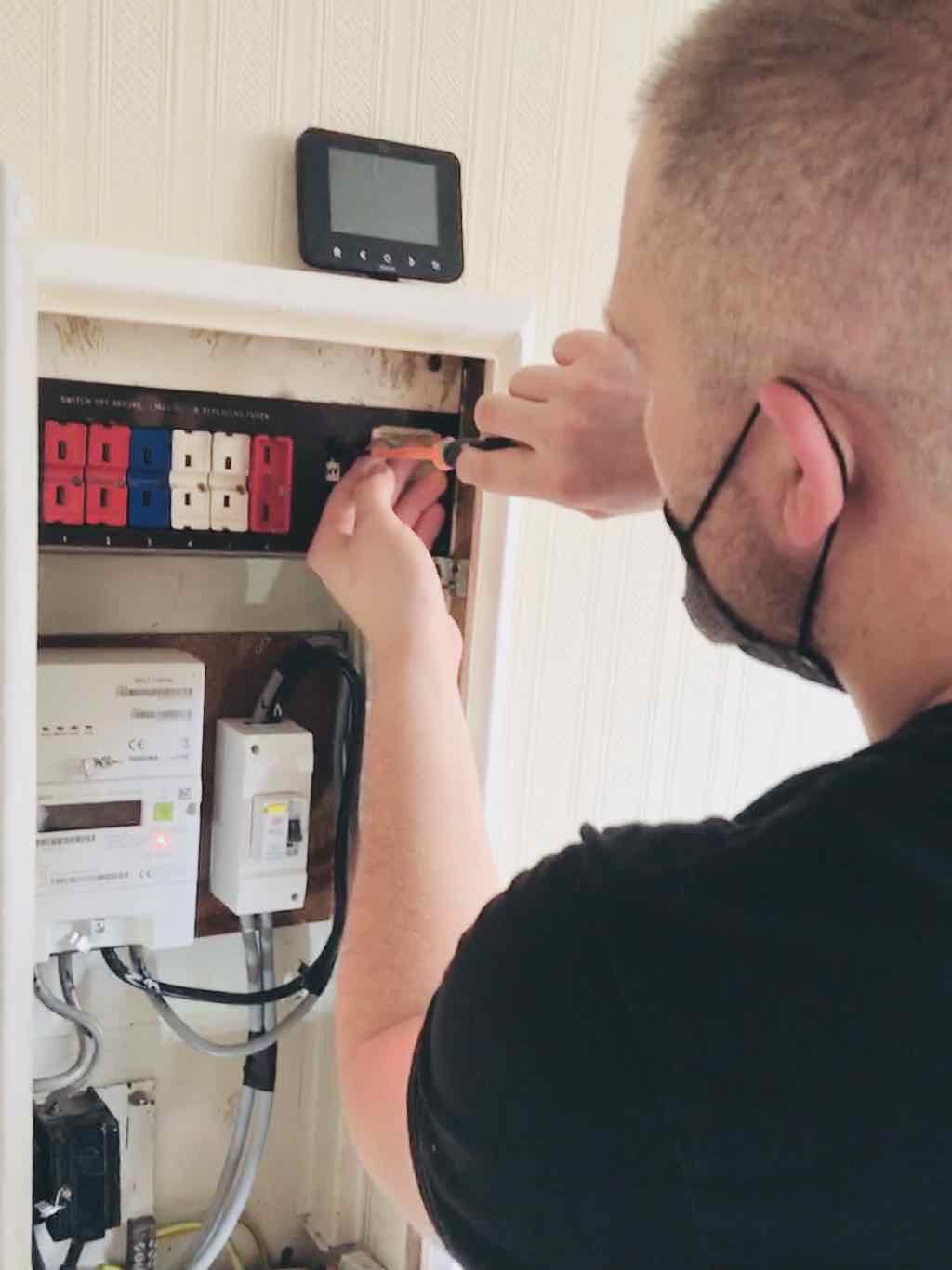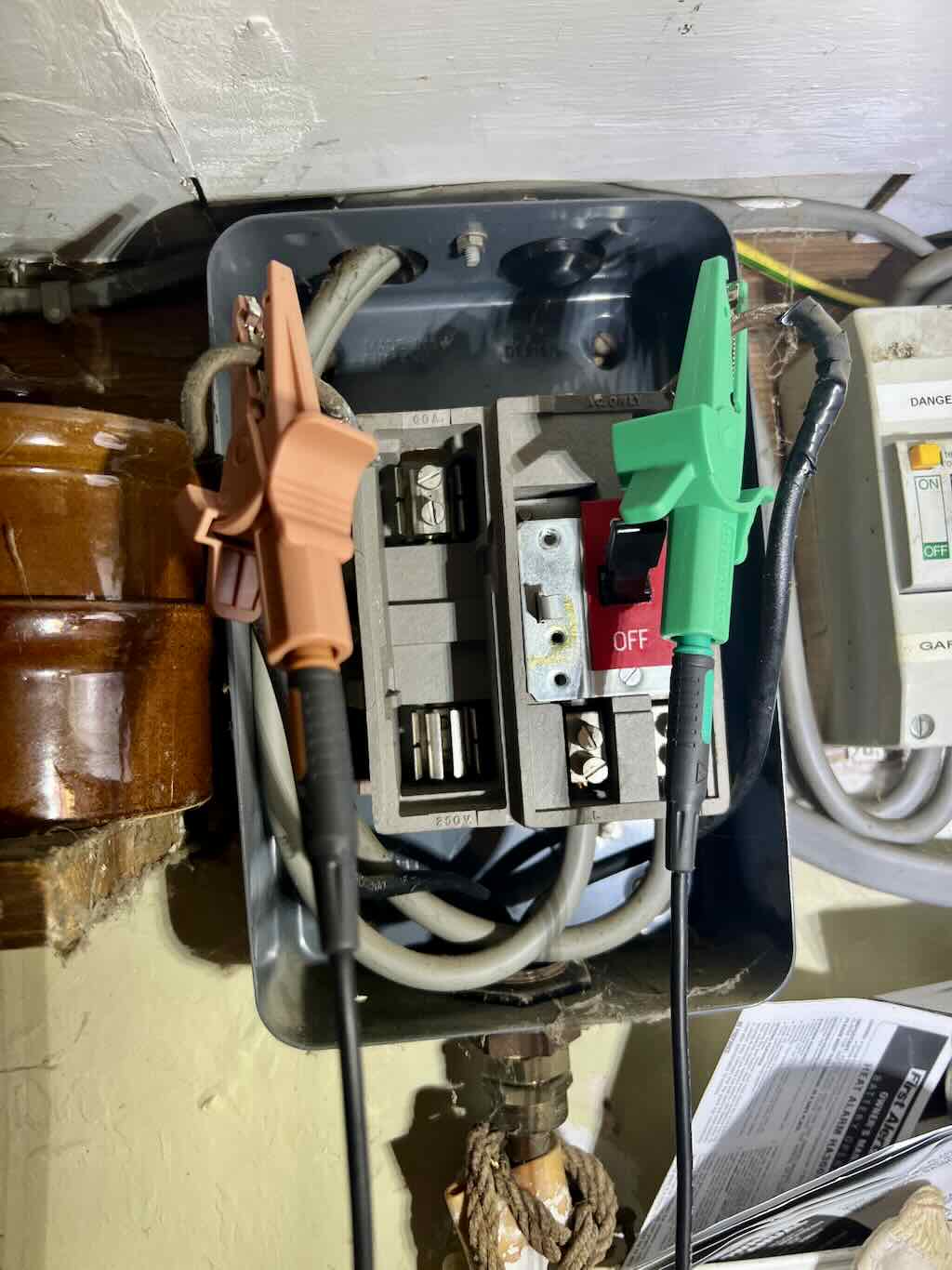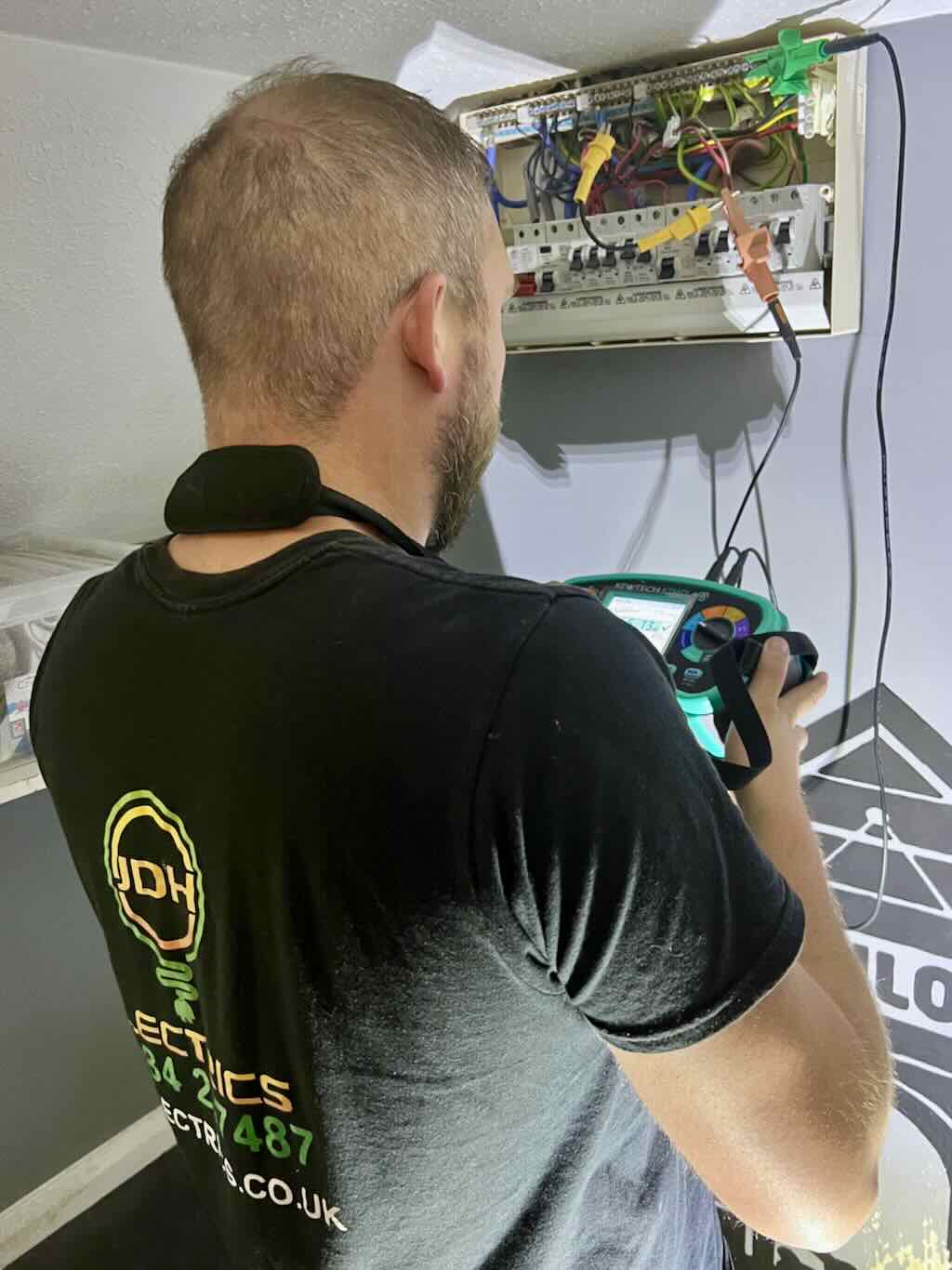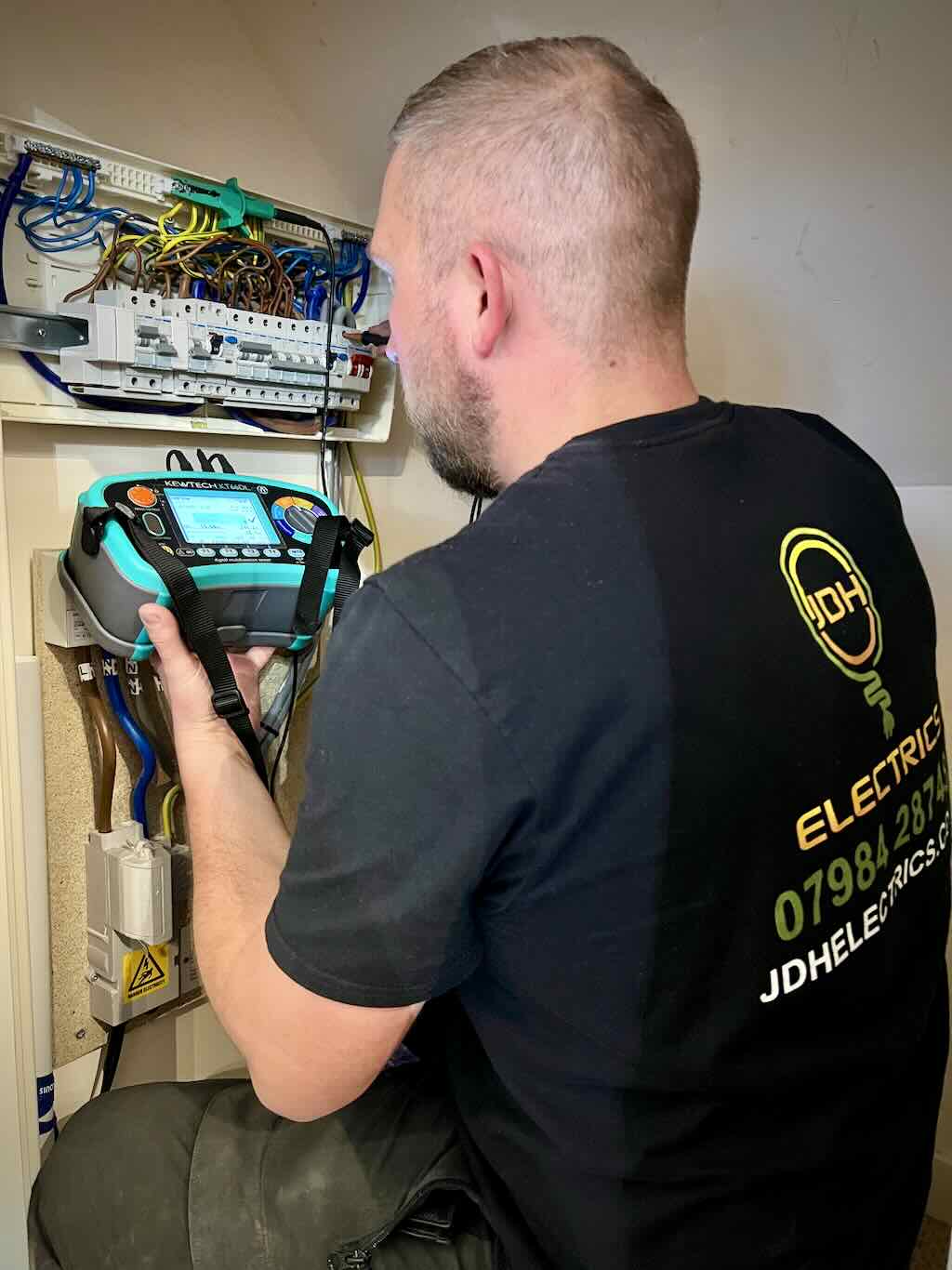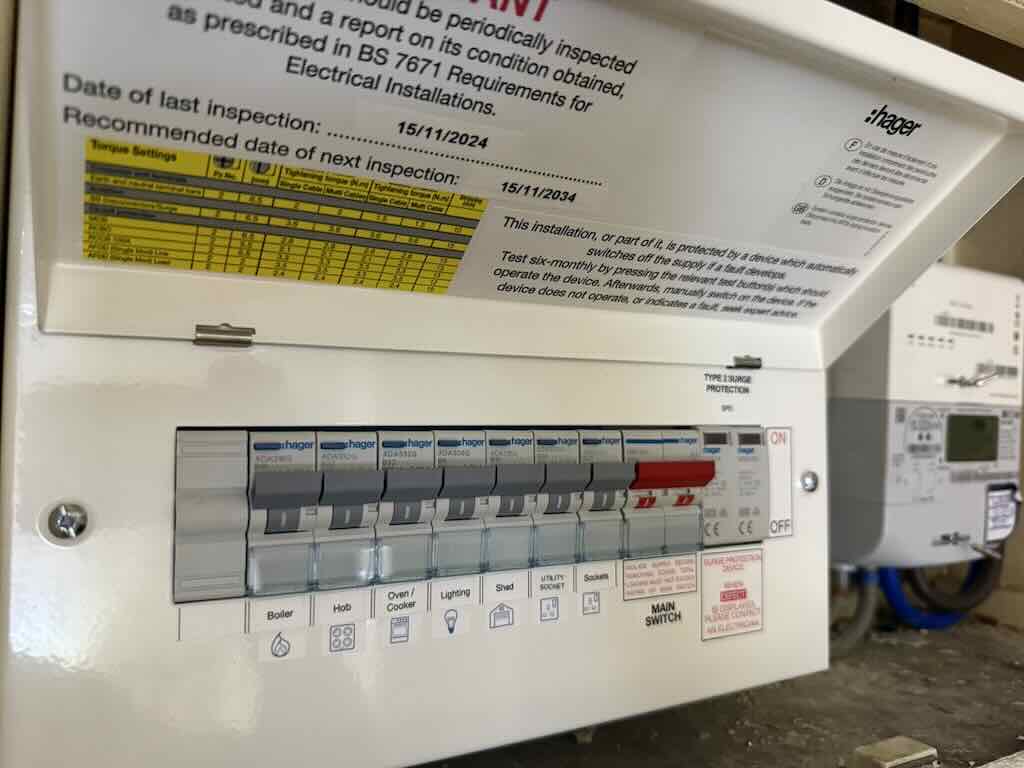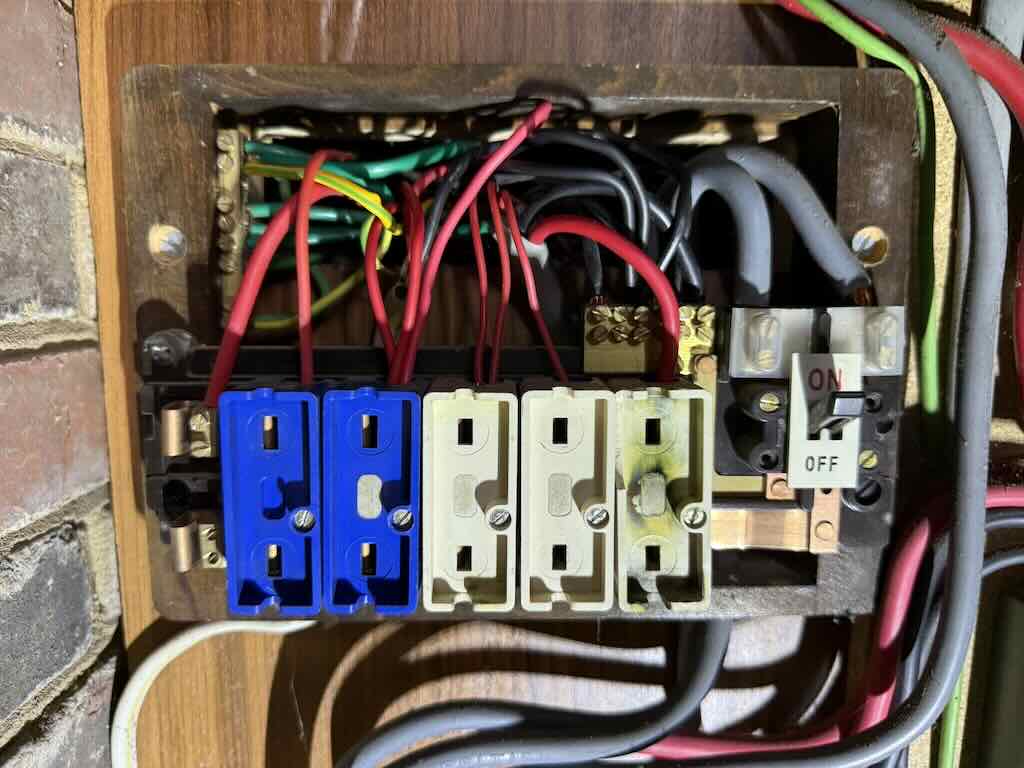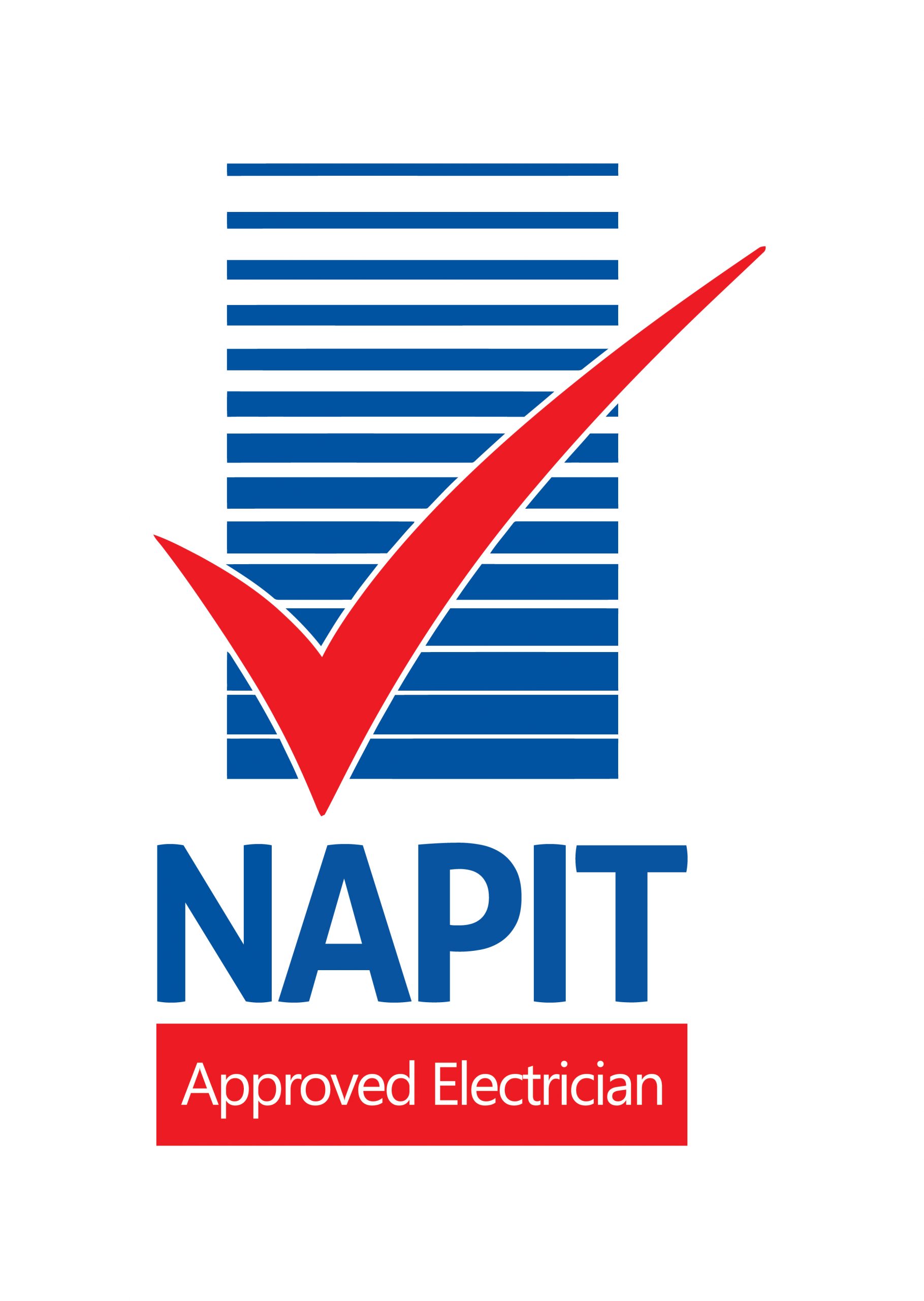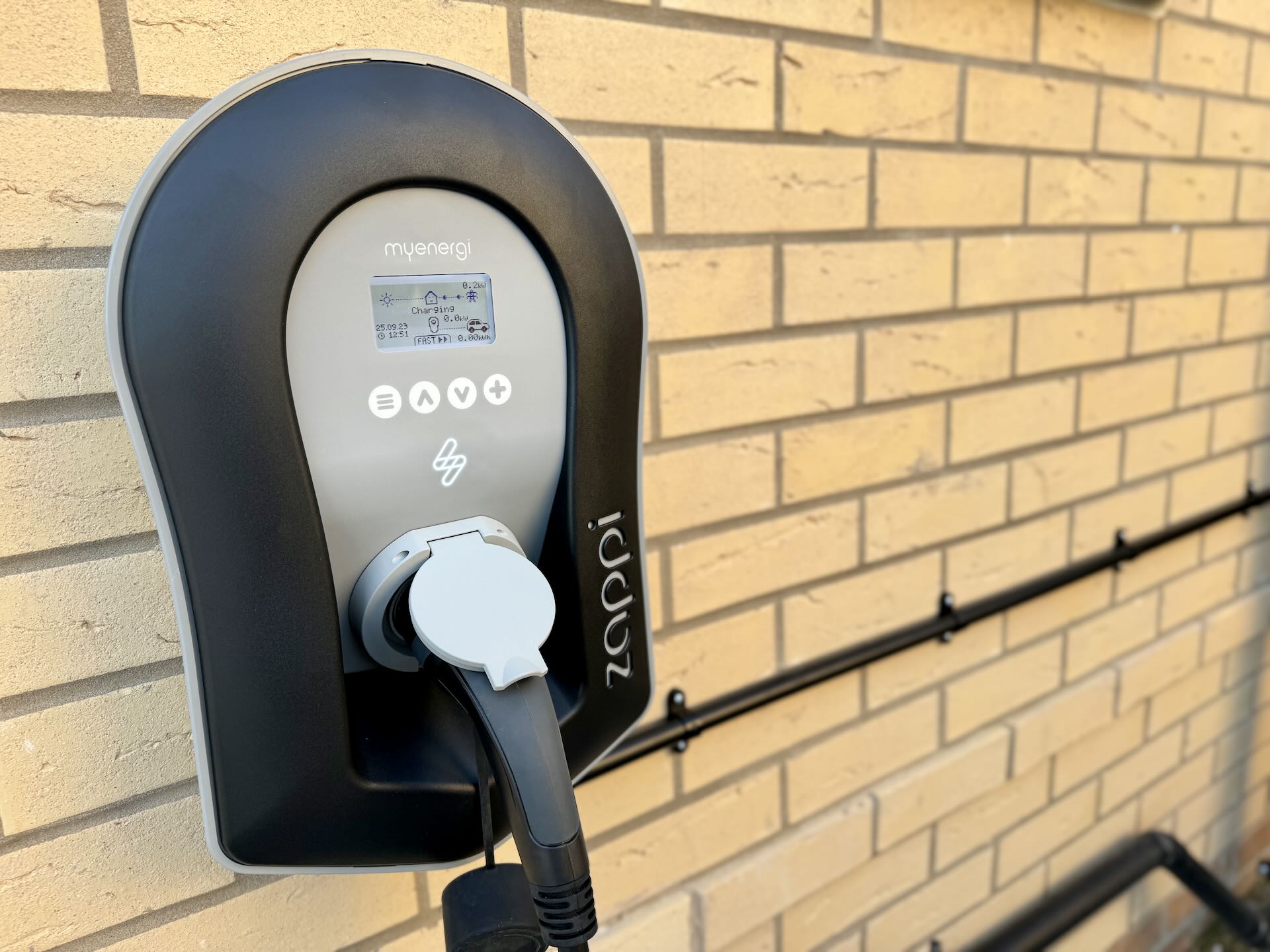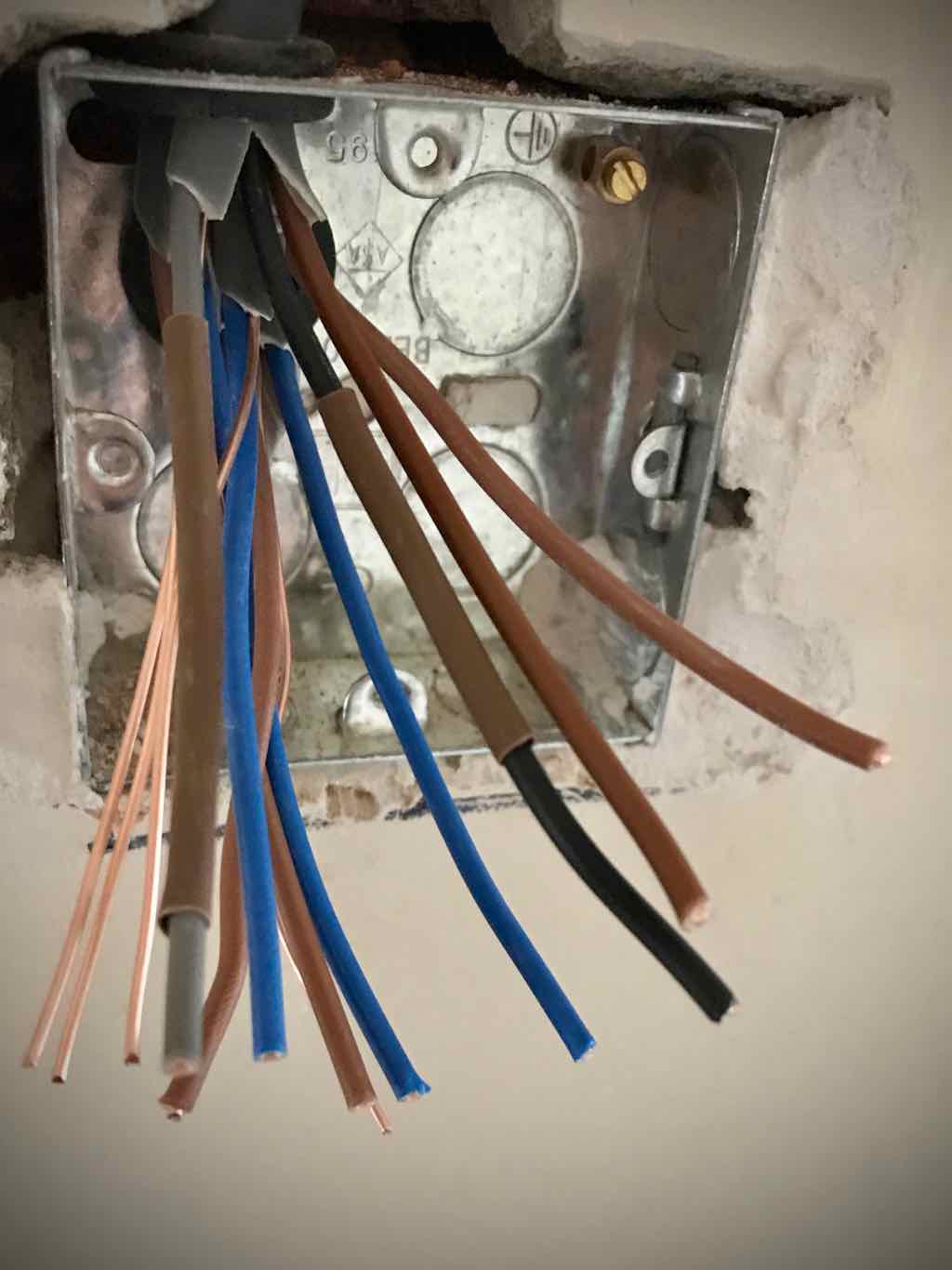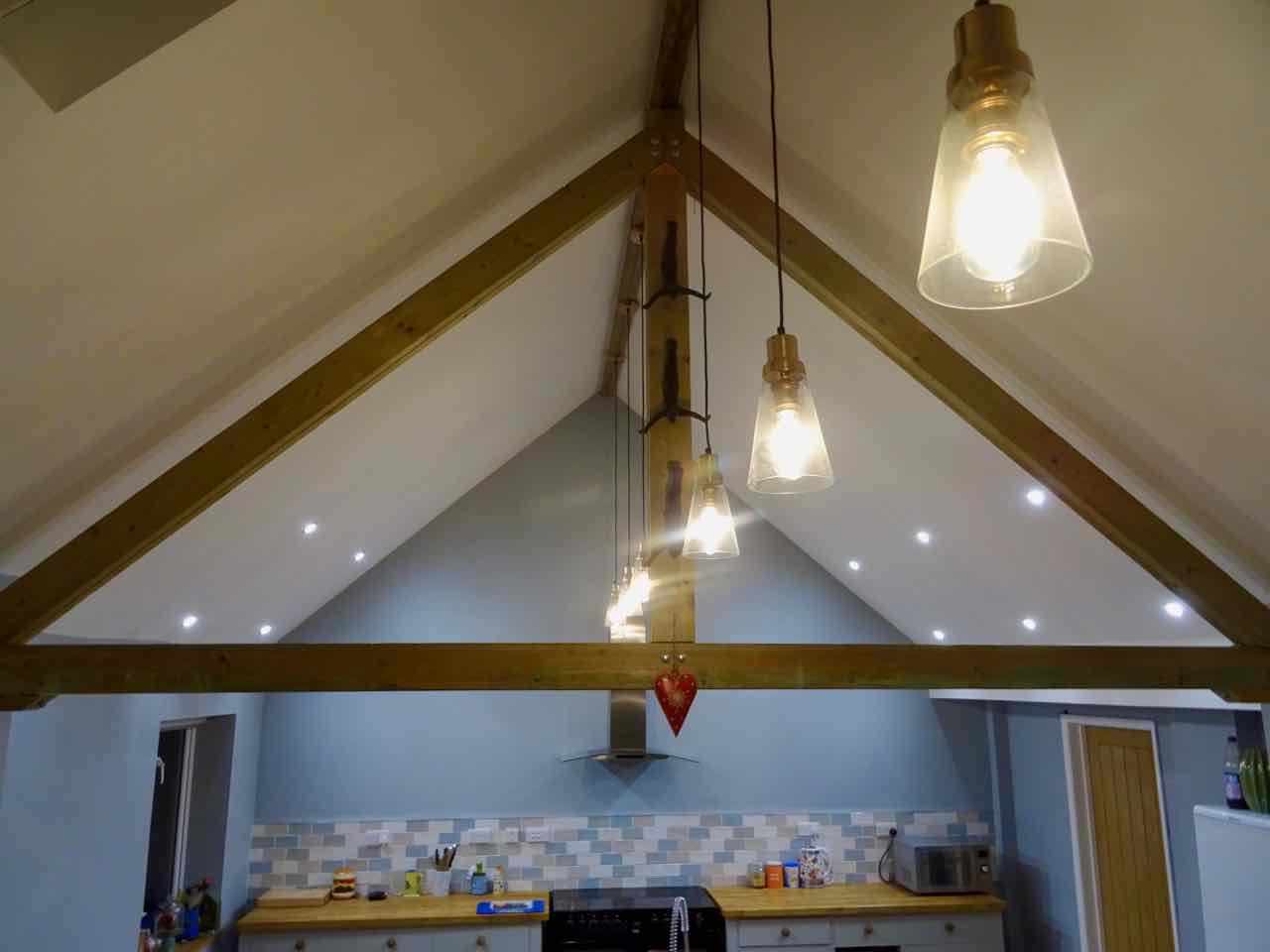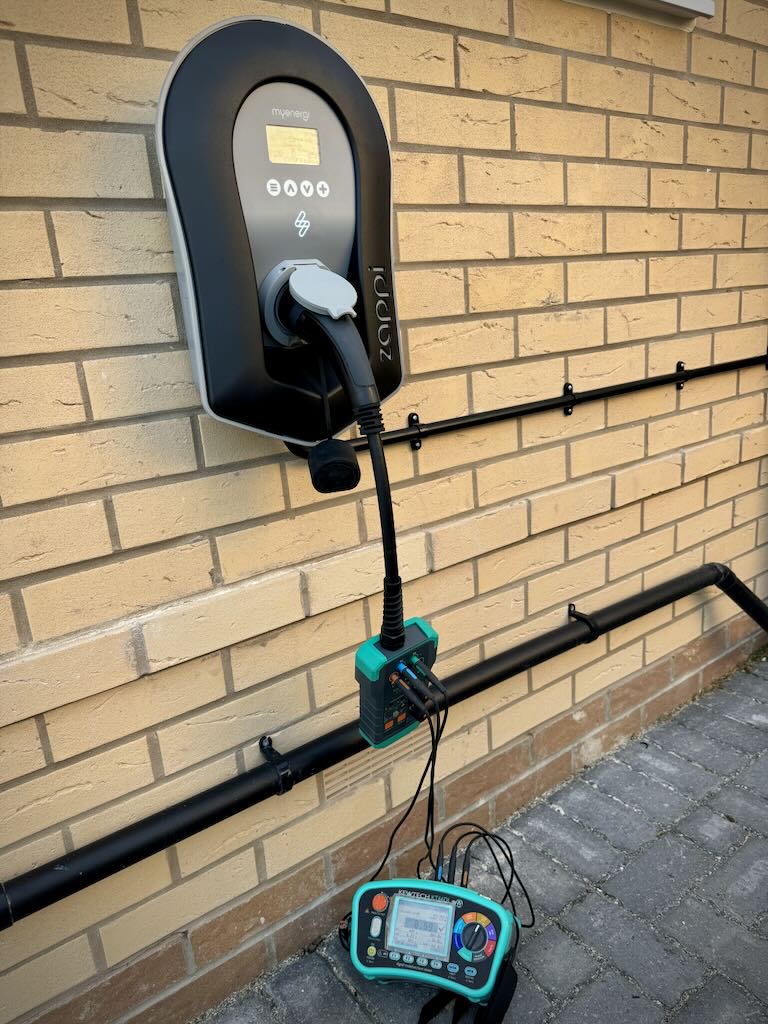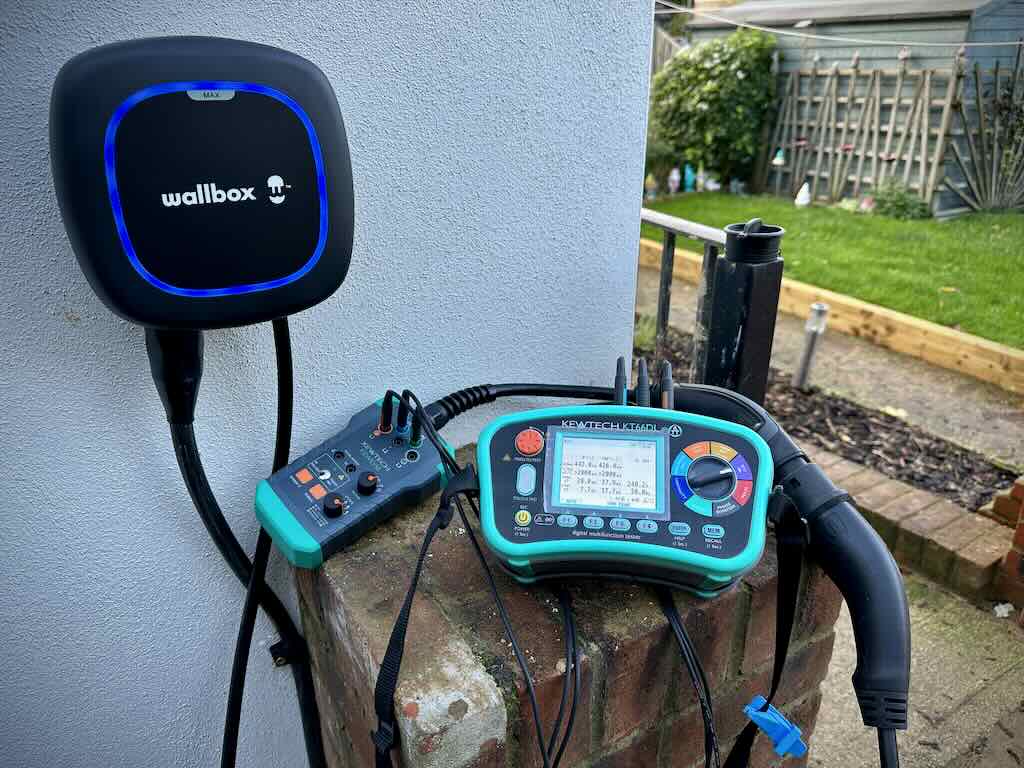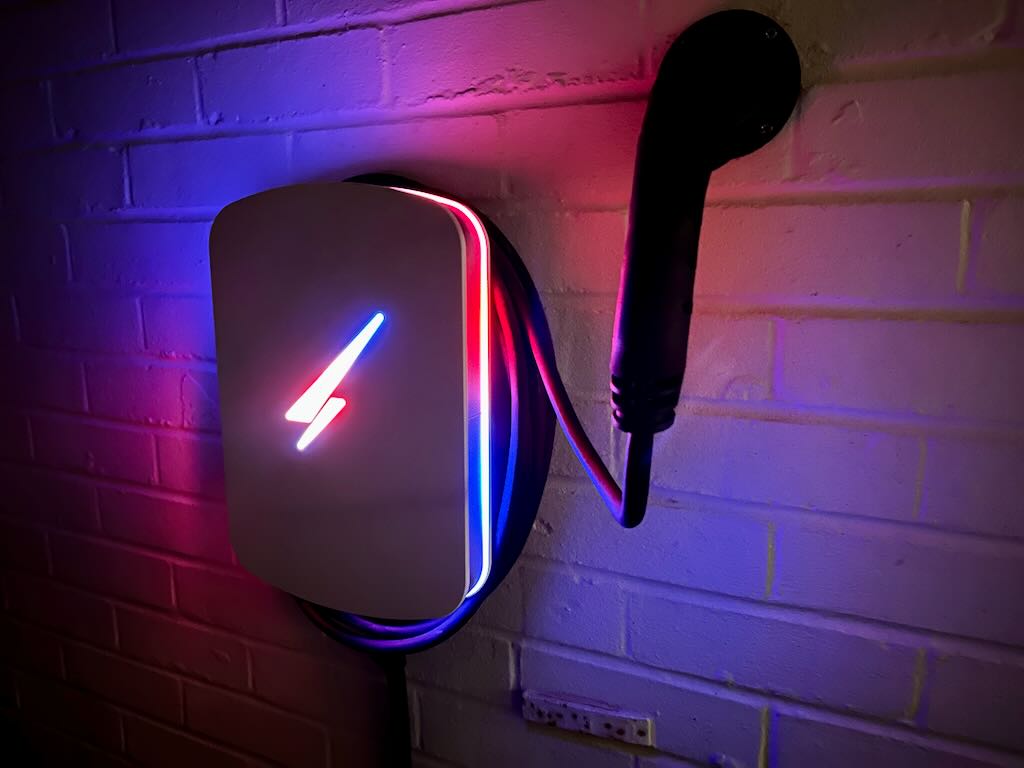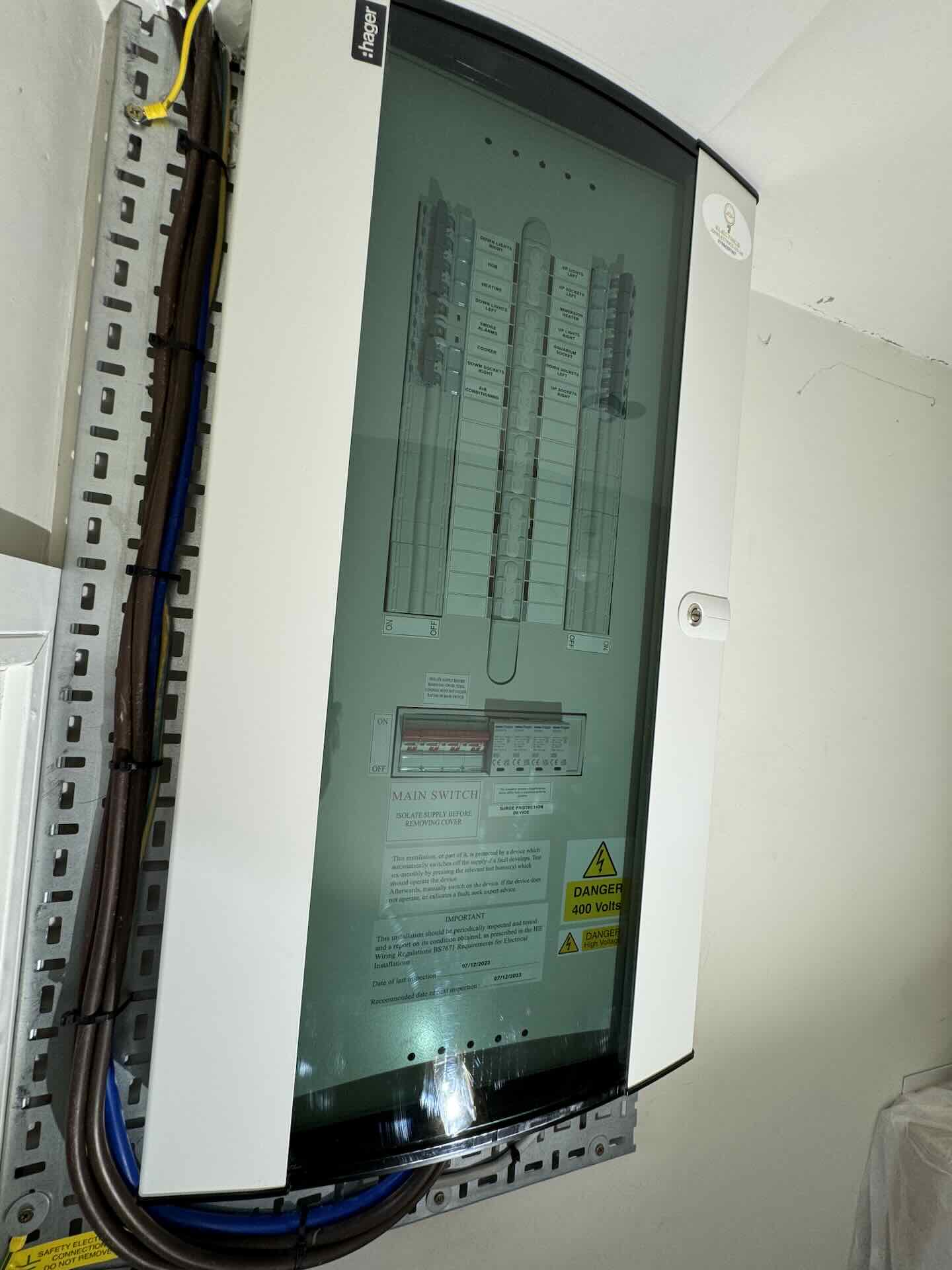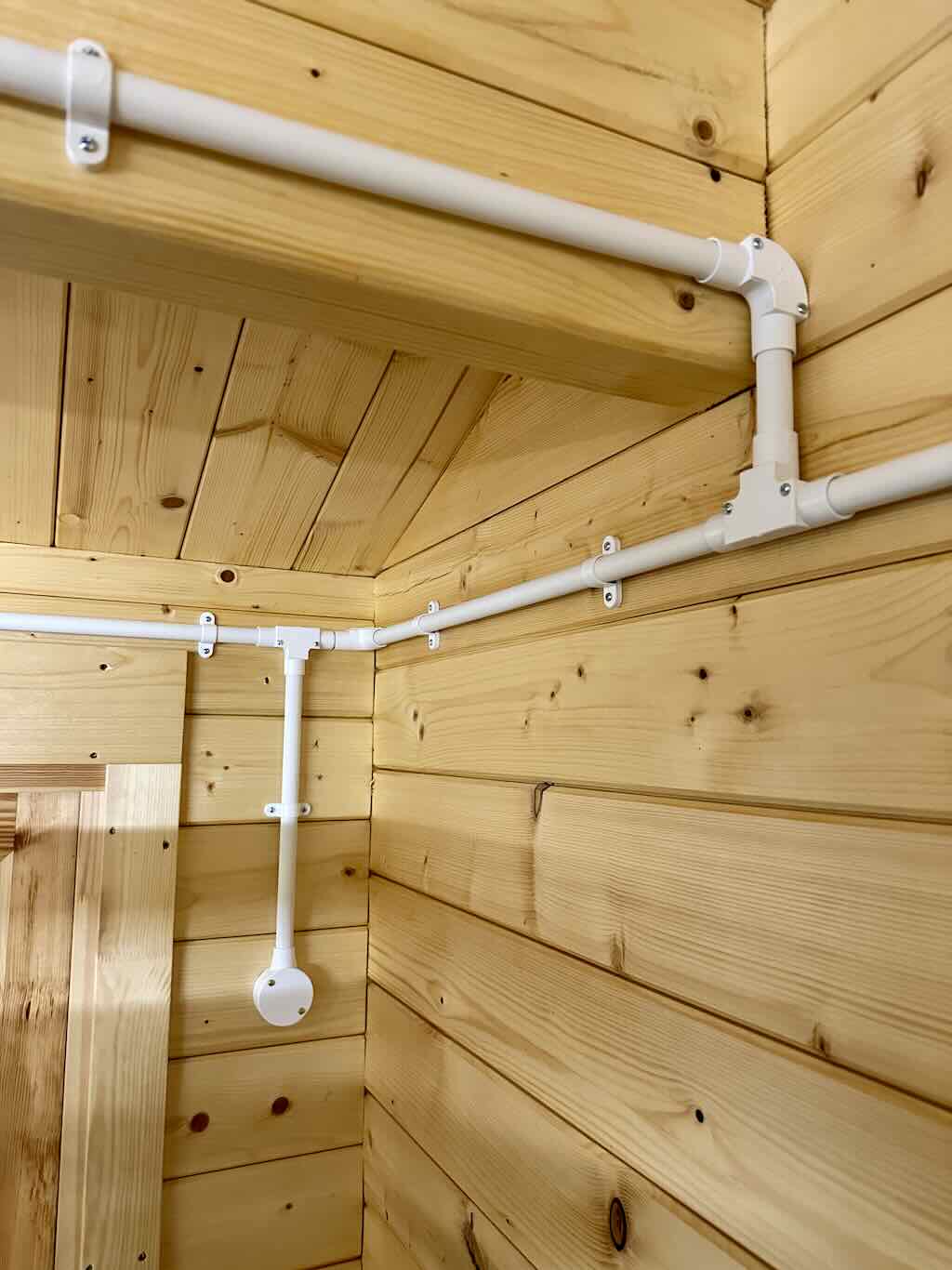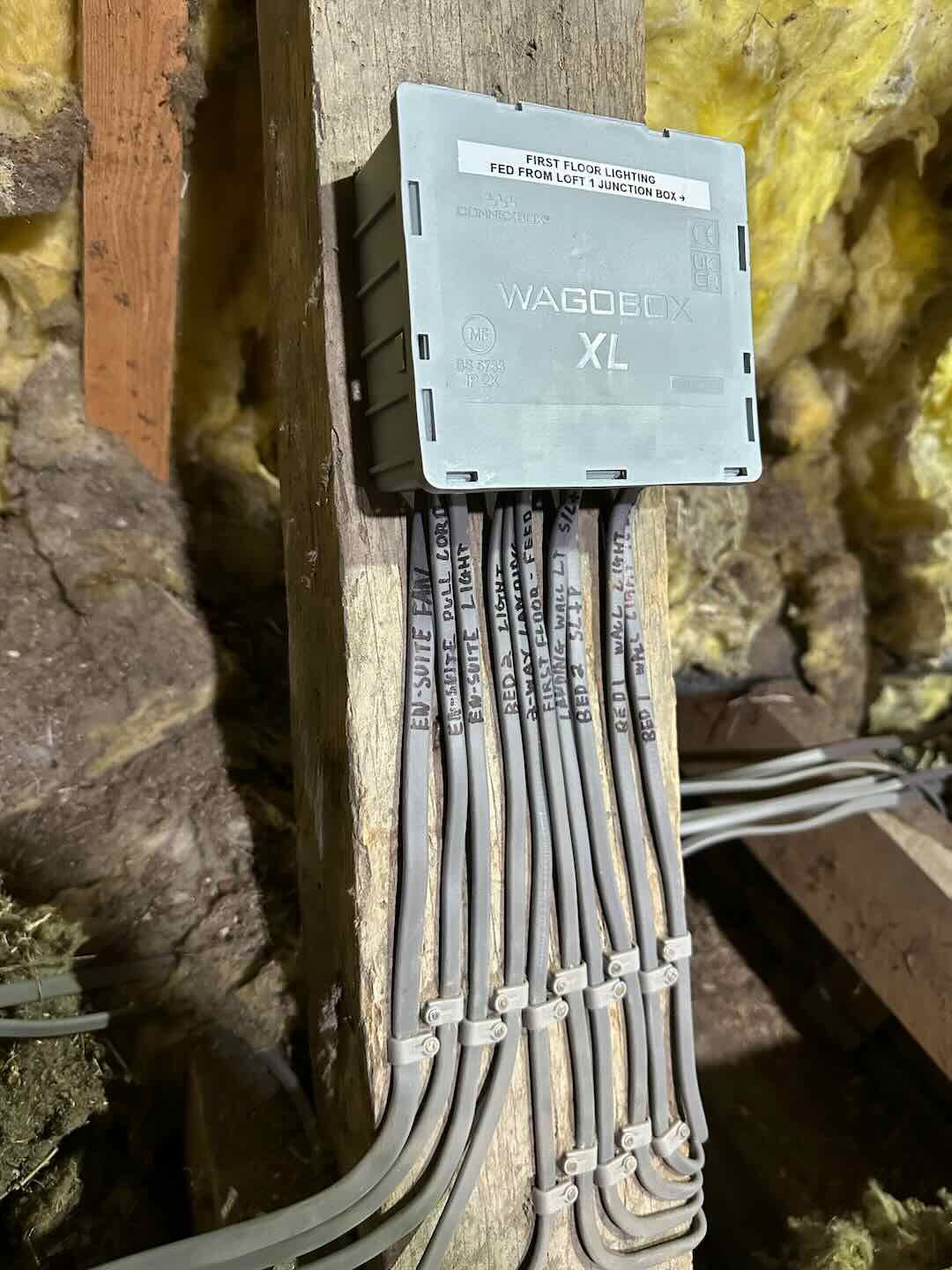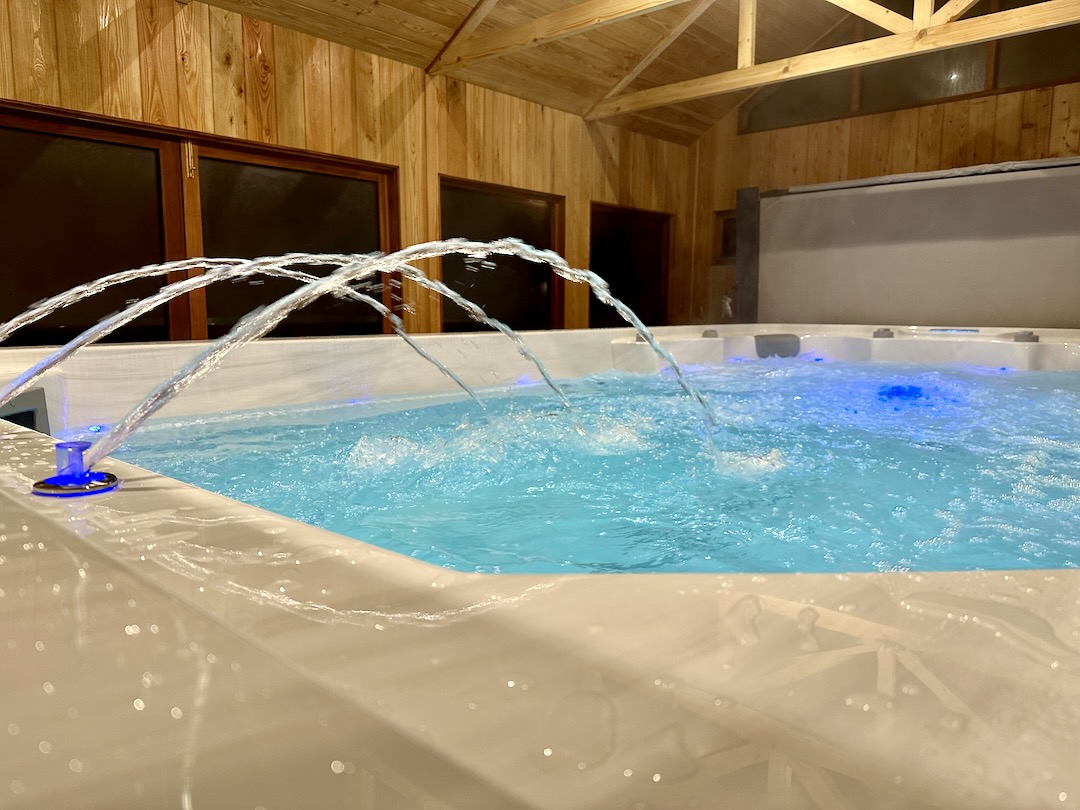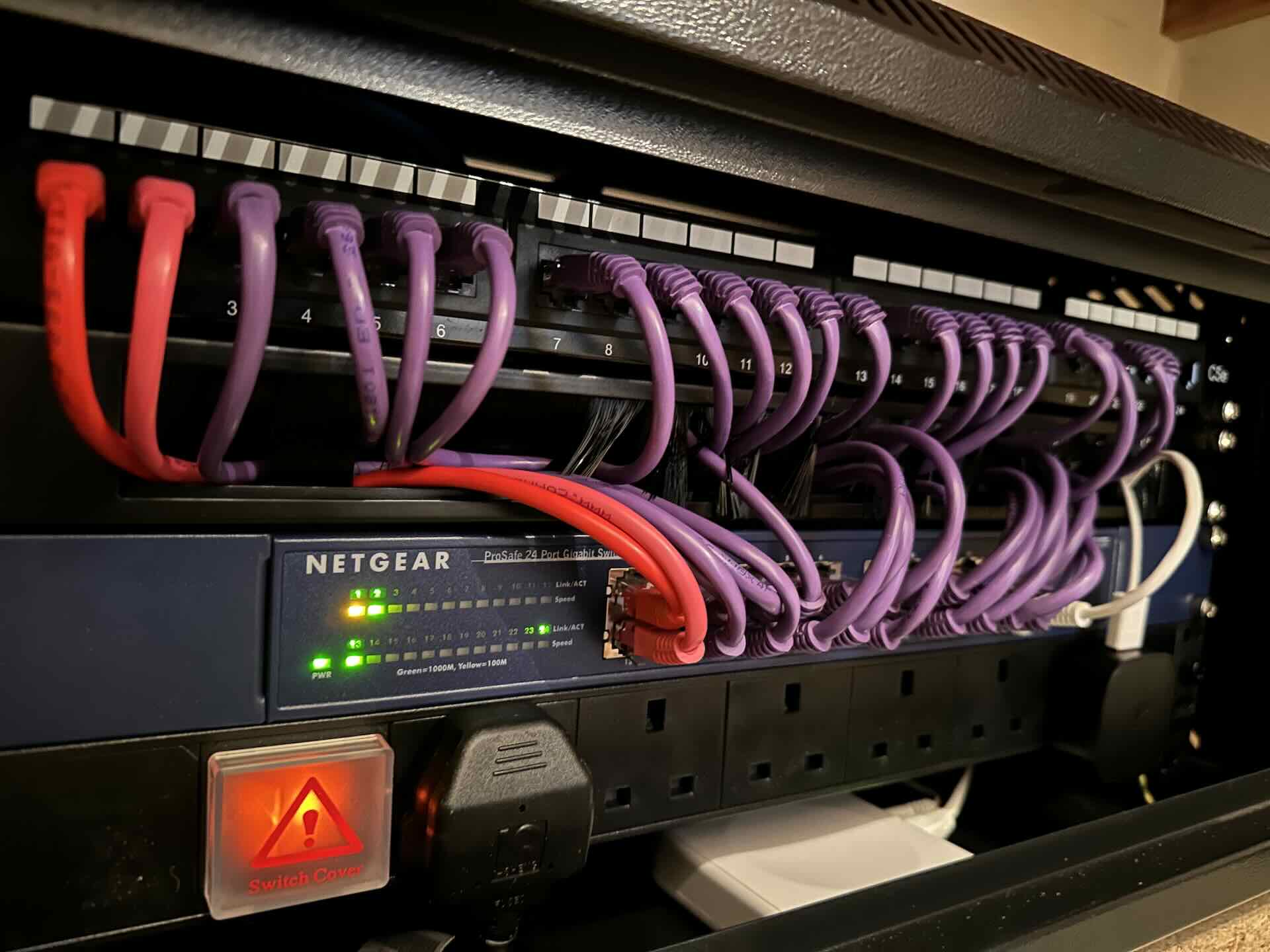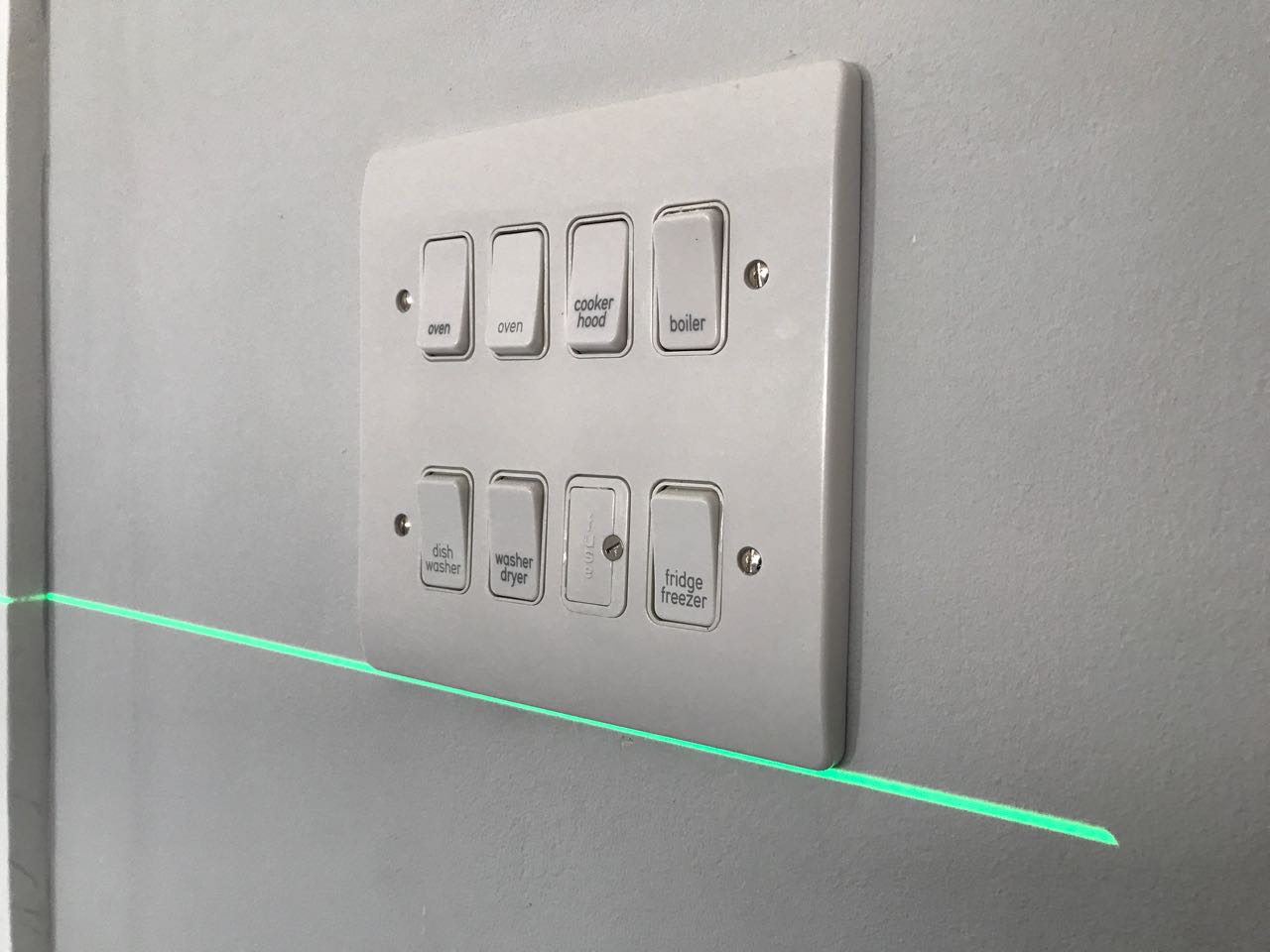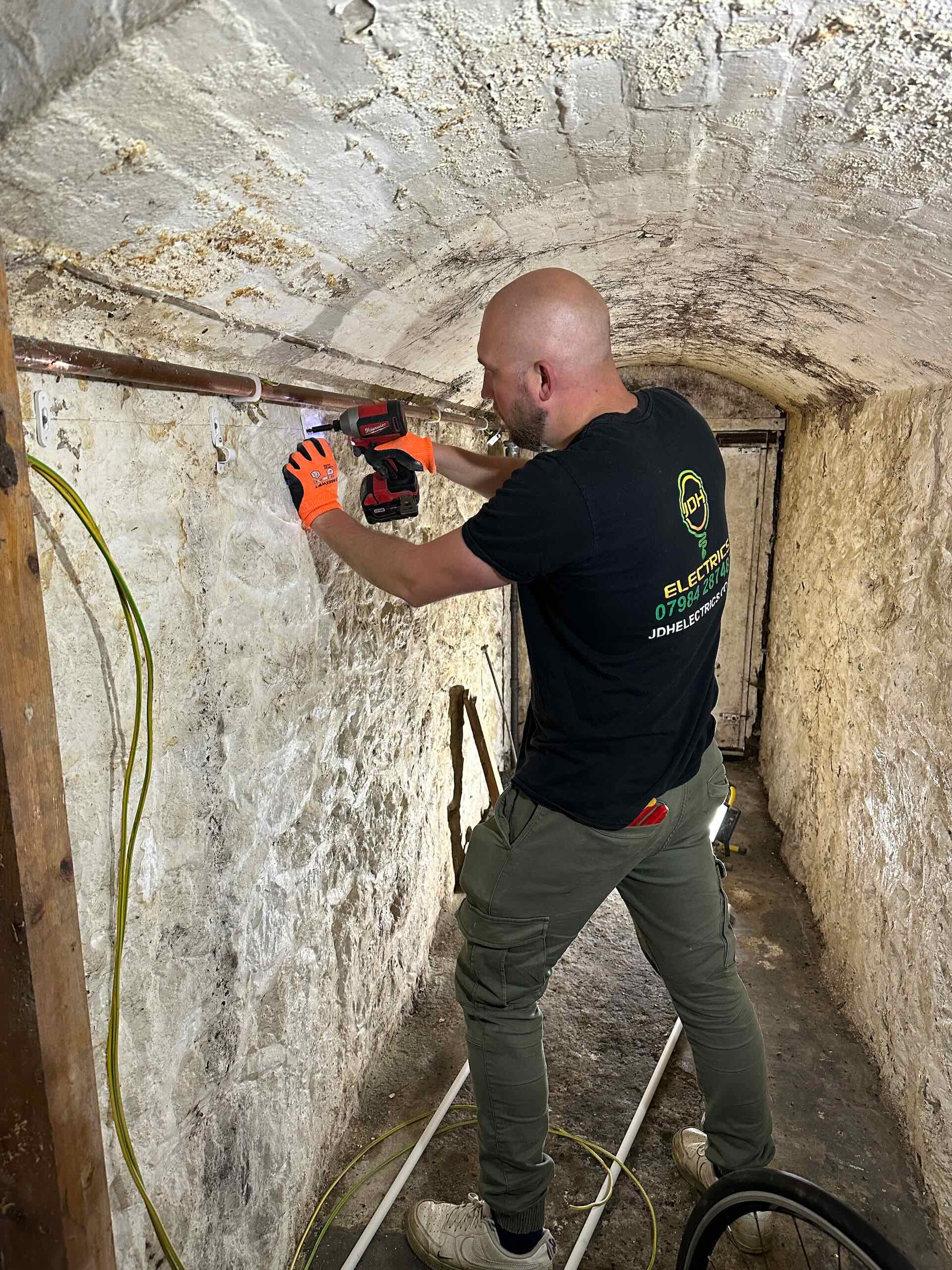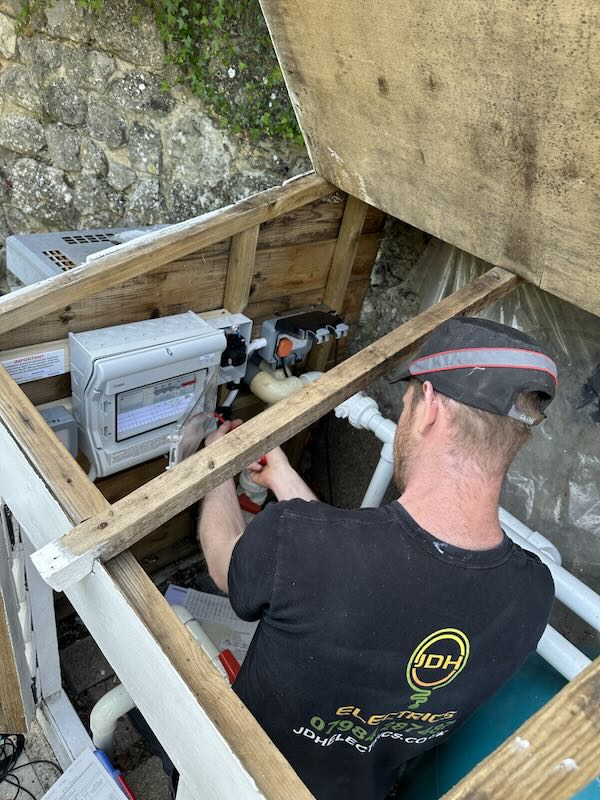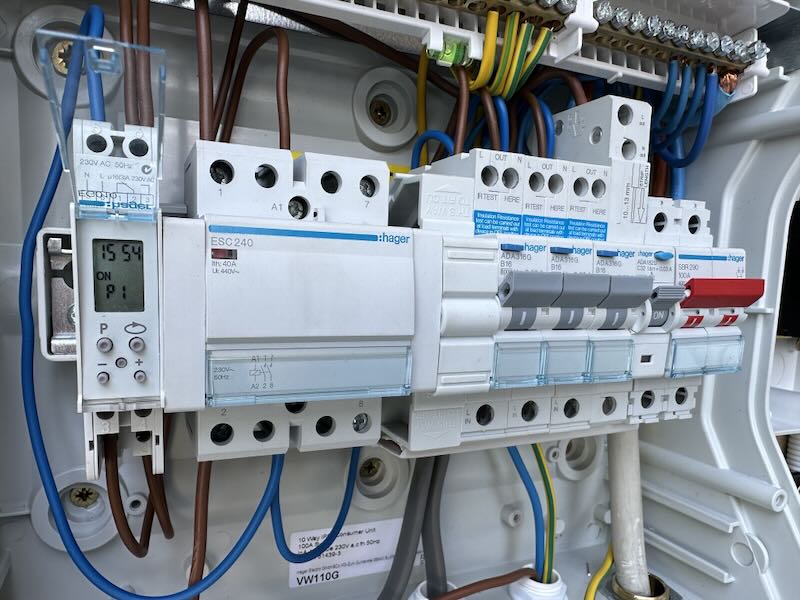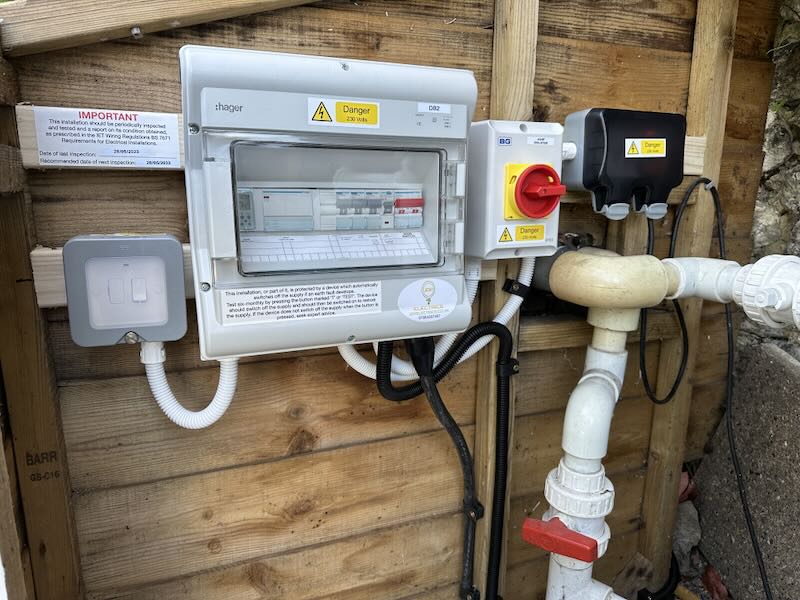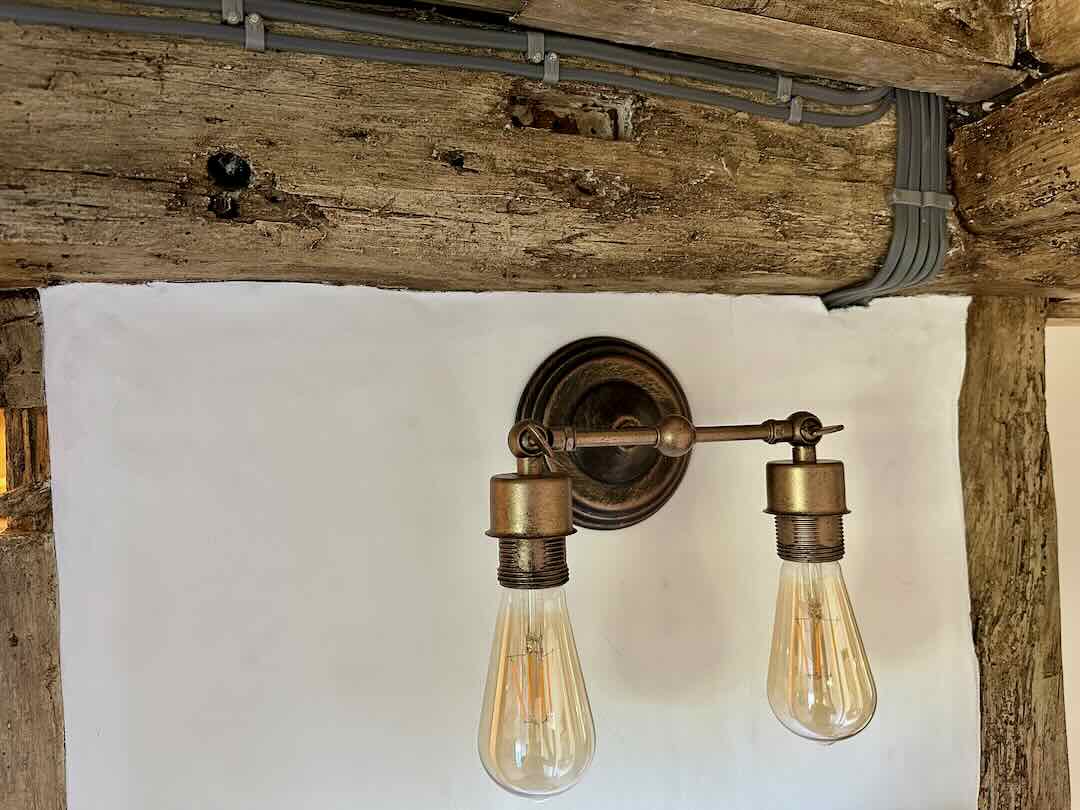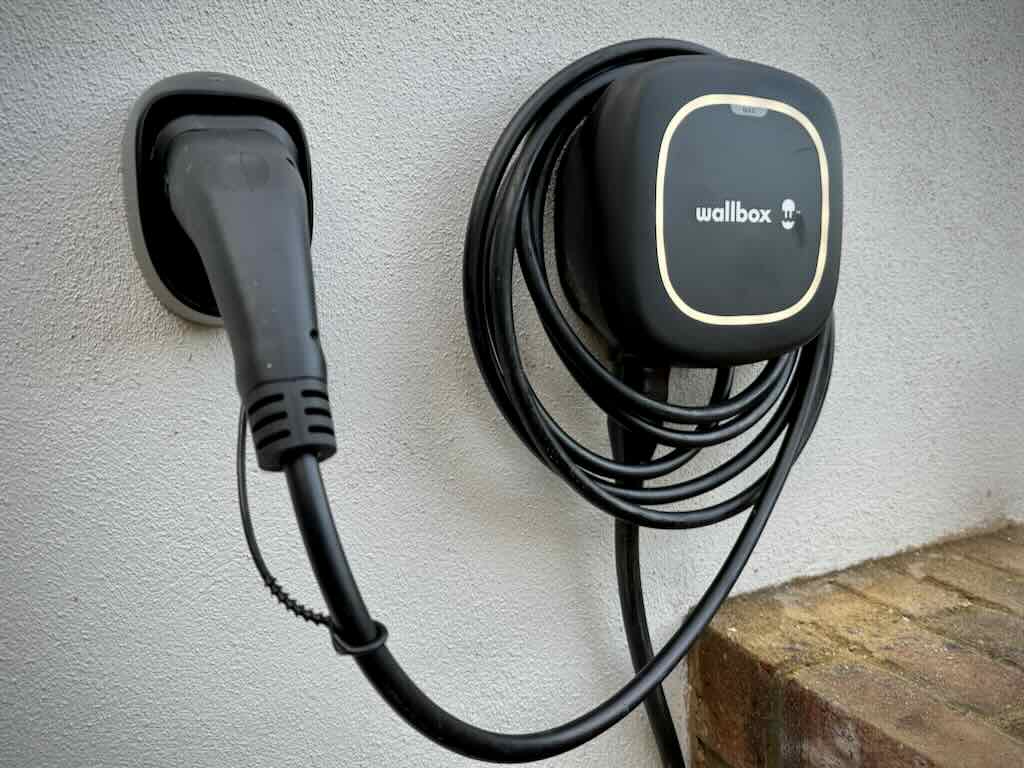Electrical Installation Condition Report (EICR)
An EICR (Electrical Installation Condition Report), or formally a periodic inspection report as they used to be called are often referred to by customers as a Landlord Safety Test or Homebuyers Test.
Do I need an Electrical Condition Report?
The simple answer is yes, whether it’s your home, a business or a property you rent out. Your electrical installation should always be covered by an in date Electrical Condition Report. Although it’s not a legal requirement to have an Electrical Condition Report. Many legal documents refer to an Electrical Condition Report as a way of satisfying their requirements – The Electricity at Work Act as one example.
Did you know that if you rent out a property and your tenant is electrocuted due to unsafe electrics then you can be prosecuted? Claiming that you were unaware of the condition of the electrical installation is not a suitable defence. In many areas, the local council will insist on a Condition Report for licensing rental properties.
Many insurers require an Electrical Condition Report before providing cover, especially where workers or the public are concerned.
There are many reasons why a householder might request an EICR. And indeed they are highly recommended where proof may be required to show an electrical installation is safe. One of the more common reasons an EICR is requested is in rented accommodation where an EICR is the most straightforward and least time consuming method of proving an electrical installation is safe. Or when purchasing or selling a property an Electrical Installation Condition Report is highly recommended!
If replacing an existing consumer unit, an EICR is recommended to be carried out first to identify any faults & safety issues
How often do I need an EICR?
An EICR is recommended in all domestic homes every 10 years to check the condition of the electrical installation. Also to ensure there is no deterioration, however there may be reasons why an EICR would need to be done more often. Typical reasons include:
- Rental properties are recommended to be inspected every 5 years or change of occupancy
- Age of the installation (the older the installation the more often an EICR should be carried out)
- Type of property. For example, if the property has a swimming pool, the recommended interval between an EICR is 1 year. However only the parts of the installation relating to the swimming pool would need to be assessed annually.
- Environmental Conditions
- Misuse of the installation such as vandalism
- Change in usage of the domestic premises. This could be change of occupancy in rental properties, or a property is being prepared to be sold. Or the property is being purchased. It is highly recommended that an EICR is carried out with each change of occupancy in rental properties to ensure the property remains electrically safe. Equally, requesting an EICR on a property that is being purchased is the best way to find out if work needs to be carried out on the electrical system.
- Any concerns the householder has about the condition of their electrical installation.
Whilst there is no legal requirement to have an EICR carried out in any situation. An EICR provides peace of mind that a home is electrically safe and they are not expensive to carry out. In the same way as a boiler would be serviced every year, consider having an EICR carried out at the recommended intervals. The yearly cost of an EICR is extremely low when compared to the cost of an annual car service or annual boiler service. And yet could save a sizeable sum of money as an EICR would pick up on a potential problem before it became a serious, costly issue.
What is inspected on an EICR?
During an EICR, the consumer unit (or fuseboard), wiring and electrical accessories are thoroughly tested and inspected for faults. Or deviations from the Wiring Standards. Throughout the test, the following will be inspected and tested:
- The adequacy of the earthing and bonding
- Devices for protection against fire and electric shock
- Any damage or wear and tear that might affect the safety of the properties inhabitants
- Identification of any damaged electrical fittings and accessories
- Identification of any exposed live wires that could cause a fire or injury
A report detailing the findings, including test results is issued following the inspection.
An electrician may make a number of electrical observations and will give each one a recommendation code. The observations describe a defect or omission within the electrical installation. The electricians will code each observation according to the level of severity. The observations will be written in a clear way and are not in any way a sales tool.
What will the EICR show?
The Electrical Installation Condition Report will show findings from the Fixed Wire Test. It will outline if your installation is safe for continued use. If the report doesn’t require investigative or remedial work, you will not be required to carry out any further work. The report will be deemed SATISFACTORY.
Inspectors use the following classification codes to indicate where remedial works are required:
- Code 1 (C1): Danger present. Risk of injury (UNSATISFACTORY). The electrical inspector may make any C1 hazards safe or make temporary improvements to downgrade to a C2 before leaving the property.
- Code 2 (C2): Potentially dangerous (UNSATISFACTORY). The electrical inspector may deem a defect with the potential to cause harm. In this case, urgent remedial action is required.
- Code 3 (C3): Improvement recommended. Further remedial work is not required for the report to be deemed satisfactory.
- Code Further Investigation (FI) (UNSATISFACTORY): Further investigation required without delay.
EICR Remedial Works
JDH Electrics also carry out EICR remedial works, repairs and upgrades. Whether from an EICR we have carried out or from another contractor. Get in touch for a free estimate!
Check out some of our recent Electrical Installation Condition Reports:
Don’t just take our word for it! This is what our clients have to say about us:
ELECTRICAL SERVICES
We undertake all types of electrical work – no project is too big or too small!
Fully Registered Approved Electrician
AREAS COVERED
Kent, Cambridgeshire & Suffolk
CALL NOW
07984287487
WORKING HOURS

